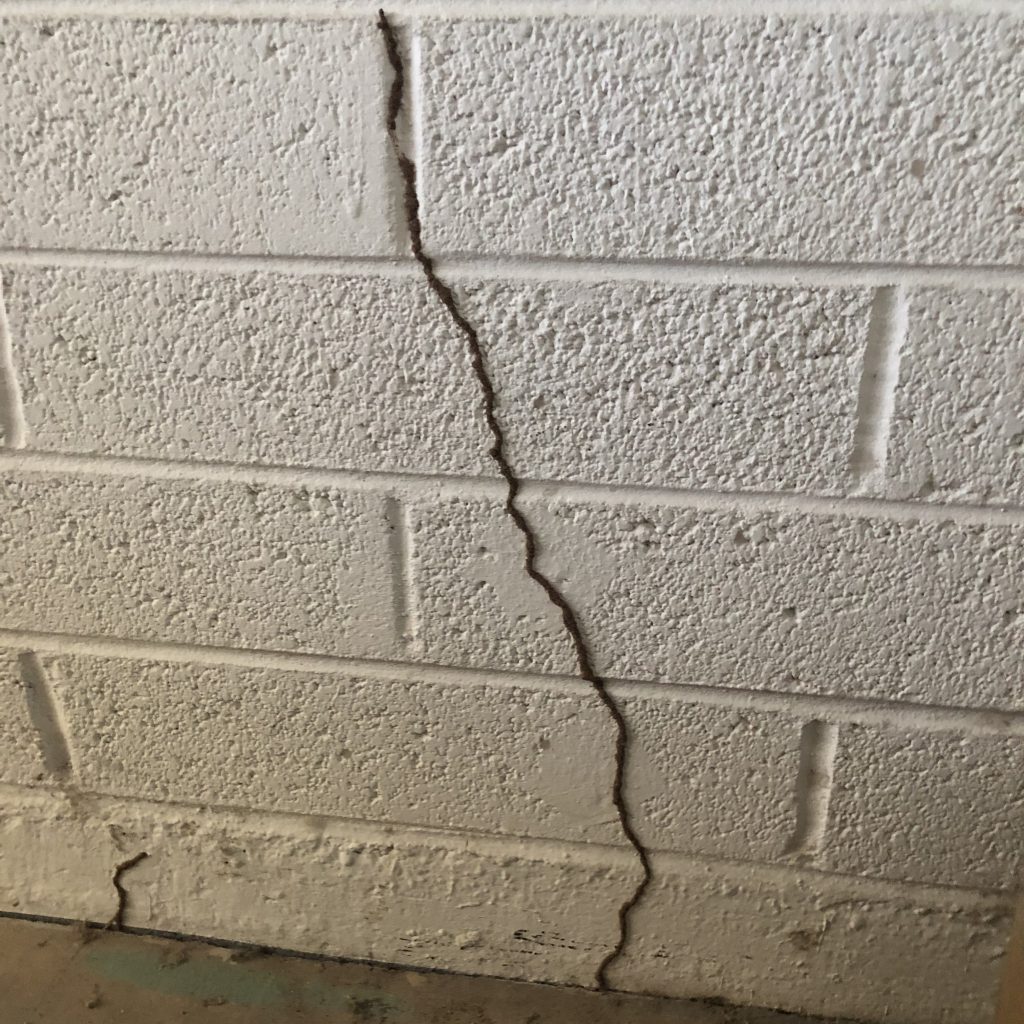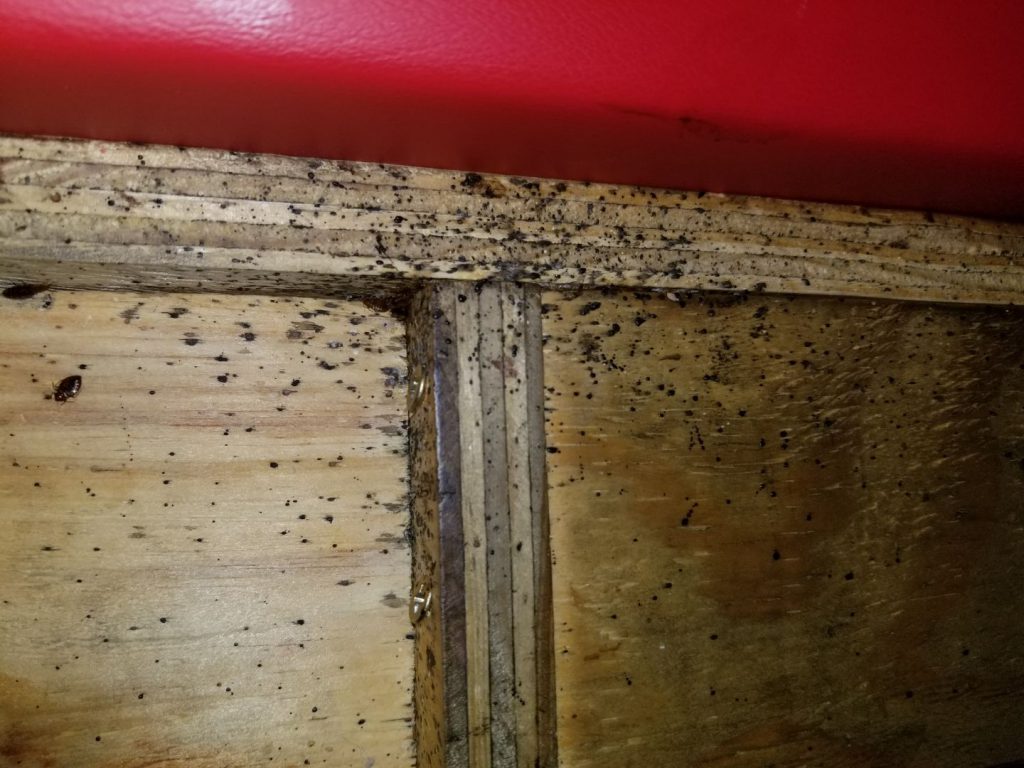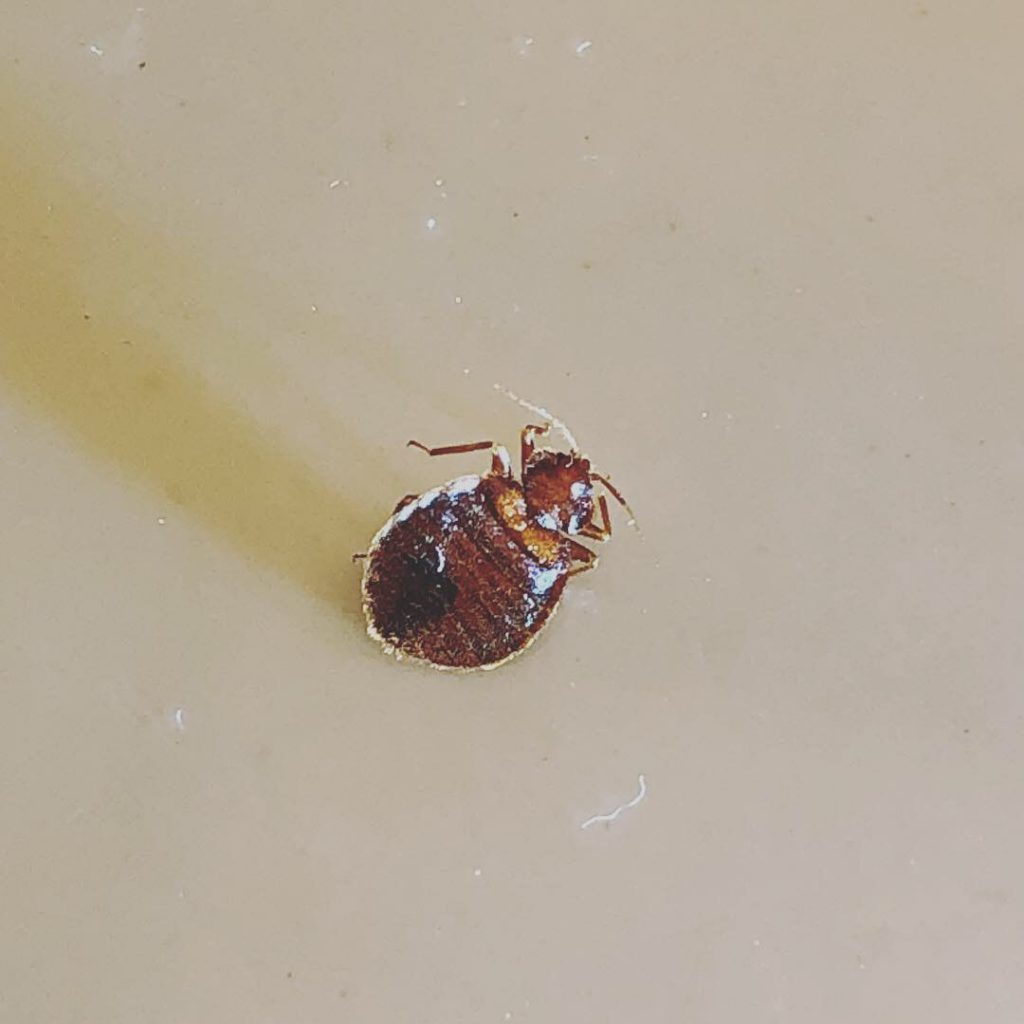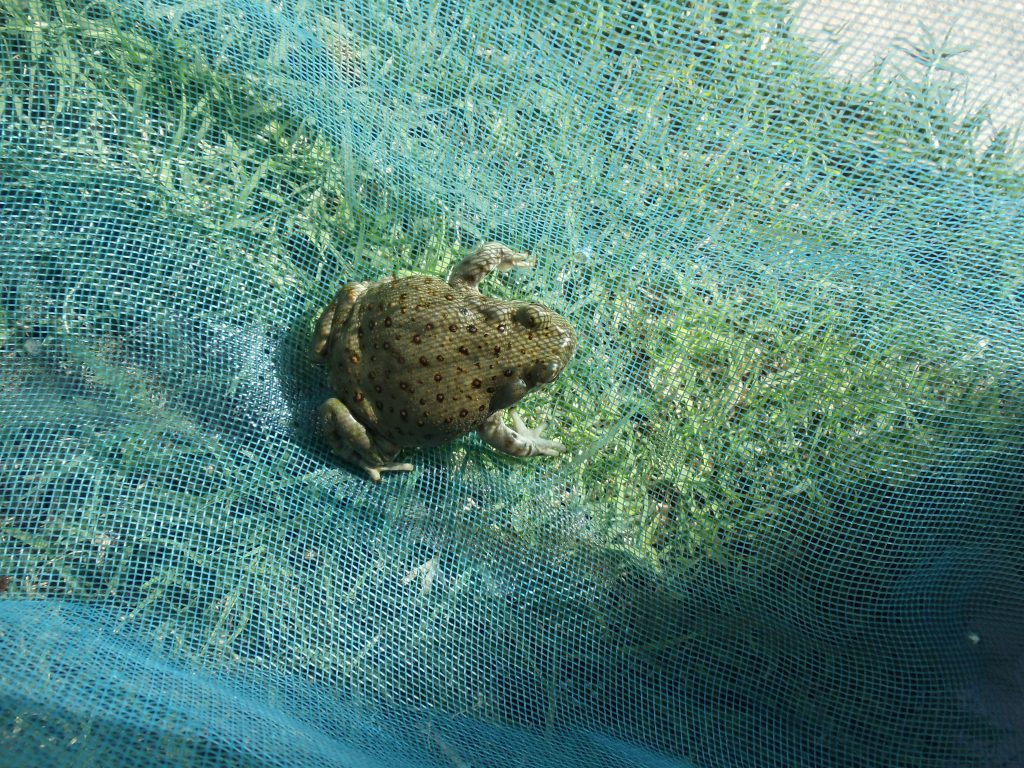Termite Control – What Contractors Do To Get Rid of Them
A homeowner fights against a wide range of pests on a daily basis, but none are as damaging and costly as the termite. These insects feed on cellulose – a fibrous material in plants and wood. Termites can literally eat away the entire house. Therefore, you should per form termite treatment as soon as you see the first sign. A frequent termite inspection of the house can help you identify the telltale signs. Let’s have a look at how to identify a termite infestation.
How to Identify Termite Infestation?

Termites enter your house in two ways by air or through the ground if the pests are not already present in the house. There are two types of termites that can infest your house, the drywood termite and subterranean termites. Dry wood termites send scouts from a nearby existing colony that flies into the house in search of the perfect fissure or crevice in the wood. Once they identify the perfect location, they shed their wings and start laying eggs to build a brand new colony within your house.
Subterranean termites are ground dwellers, they make their way into the house through the foundation. These termites are constantly on the search for food and as they stumble upon your house, a stockpile of food, they start building mud tunnels to access the wood of the foundation and spread across the house. In the US and Canada, subterranean termites are the most common, responsible for 95% of the damage.
The reason termites cause such a damage to the property is due to the late discovery of their presence. By the time, you discover the existence of the termite, it is most likely that these insects would have already eaten away a large portion of the house. It is like a disease, if you detect it early, the treatment is easy, if it’s detected at a later stage, the treatment can be painful and costly.
To help you detect the terminate infestation at an early stage and perform extermination, we have highlighted some signs of termite infestation.
- First, learn to differentiate between winged ants and winged termites as they look alike. Once you know how to identify winged termites, if you see a swarm of them around the house, contact pest control because it’s a definite sign there is a colony nearby.
- If you see a small pile of discarded wings, it might be a sign. Drywood termites do not have their wings on for a long-time, after they shed their wings they are in search of a home and a food source. If you see discarded swarmer wings by the window, door or caught between the spider webs, that’s a clear sign your house has a termite problem or is about to have one, start termite treatment immediately or call someone for a termite inspection.
- Mud tubes, you would have seen them. They are small tunnels made out of mud, termites use these tunnels to transport food to their colony while being hidden from predators including us humans. The first sign of subterranean termites in the tubes in any part of the house.
- If you suddenly find that the doors, windows, or wooden cabinet are hollow from the inside, it’s a clear sign subterranean termites have eaten through them.
- Termite droppings are known as frass; they are pellet-shaped and very much like grains of sawdust or sand. Drywood terminates leave behind their droppings as they eat through the wood. If you find mounds of frass, it’s likely you have a drywood termite infestation.
- Swollen floors or bubbling paint can be an indication that you have a termite problem. Termites like dark and moist environments. The reason why they choose to build their house within the wood and attract moisture, which results in the wood to swell with moisture. If the termites have eaten all the way through to the paint, you will see the paint bubbling. As this can also be due to a water leak, you should eliminate any water leakage before considering any termite treatment measures.
Why It’s Important to Get Rid of Termites?
All pests like to live around humans, some are a mere nuisance while others can be a life threat, but none compare to the termite. They can be in your property for years before you see the signs, usually when the infestation has progressed far. Here are some reasons you should conduct a regular termite inspection and subsequent termite termination if the insects are found in your property.
- Risk to Family Health
Termites leave behind a lot of waste such as wings, dust, and droppings; these things can infiltrate the heating system or air conditioning and cause berating problems and allergies for yourself and the family members. Some of the health issues reported to be caused by termites include itching, sneezing, and watery eyes.

Although termites are highly beneficial to the ecosystem, for humans they can cause a variety of health issues. Drywood termite in particular love to live around humans especially homes made from wood.
- Structural Damage
This is a common misconception among people that since their homes are not completely made from wood they are safe from termite attacks. Termites can damage the doors and windows made from wood making the entire structure of the house vulnerable. Termites love anything and everything made from wood such as cabinets, tables, chairs, beds, wooden floors, and other furniture.

It is estimated that termites cause $5 billion of structural damage around the world every year. For a house made entirely from wood, the danger of the house collapsing is very real. Hence, once you discover any sign of termite infestation, immediately seek pest control services.
- Risk of Physical Pain
If you come in contact with a soldier termite or if the termite feels threatened, bites are very real. It won’t kill you, but it will certainly make you very uncomfortable. The termite’s bite can leave you itching, burning, and swelling. If you are allergic to the bite, the situation can be worst.
- Mold Spores
Mold spores in the house can suddenly appear everywhere as a result of termites. These insects like to chew on dark and moist wood, where the termites are preexisting. Termites can spread the mold to other areas of the house. Mold can cause a wide variety of health issues such as migraine headaches, burning eyes, weakness, sore throat, runny nose, and cough.
Why a Professional Opinion is good?
On the internet, there is no lack of DIY pest control techniques; however, by conducting the task yourself you risk the infestation spreading to other parts of the house. This is the most common issue house owners face when administering the pesticide themselves. Termite termination is much more than using a strong pesticide; they are persistent and would not let their hard work go to waste easily. A professional would only use a strong pesticide when the situation absolutely requires it. They know how to use the chemicals appropriately in the right amount so the chemical residue does not remain within the house once the termite control process is over. Having the residue within the house can be extremely difficult for the health of the people residing inside.
Improper treatment of the termite is nearly equivalent to no treatment. Termites reproduce fast and within no time they can build their numbers continuing the destruction of the wood in your house and property. Professionals will take care of the pest quickly, skillfully, and effectively. They would adjust to your time so you do not face any inconvenience.
On the other hand, the DIY technique can be excessively time-consuming due to the lack of expertise and know-how of the procedure. To top that, there is no guarantee the technique suggested on the DIY website is appropriate or correct. They are so many things to consider depending on the extent of the infestation such as the amount of pesticide, type of pesticide, areas to cover, precautionary steps, tips to effectively use the pesticide, and more. A professional is trained in every aspect of terminate control.
There are some species of termite that have become resistant to old DIY techniques on websites posted years ago. They would only increase your expenditure without delivering concrete results. A professional has all the equipment and would save you a ton of money on equipment costs and other things.
When you hire professionals for the job, you do not have to worry about the effectiveness, you can leave all the hard work to them and go about your daily activity.
Termites are the most menacing of all pests, mainly due to their secretive nature and the damage they cause, which can cost millions. Detecting them early is key to reducing damage and effective termination. In the blog, we have highlighted the top tips to help you identify the signs of termite infestation and the reasons you should seek a professional termite treatment .






